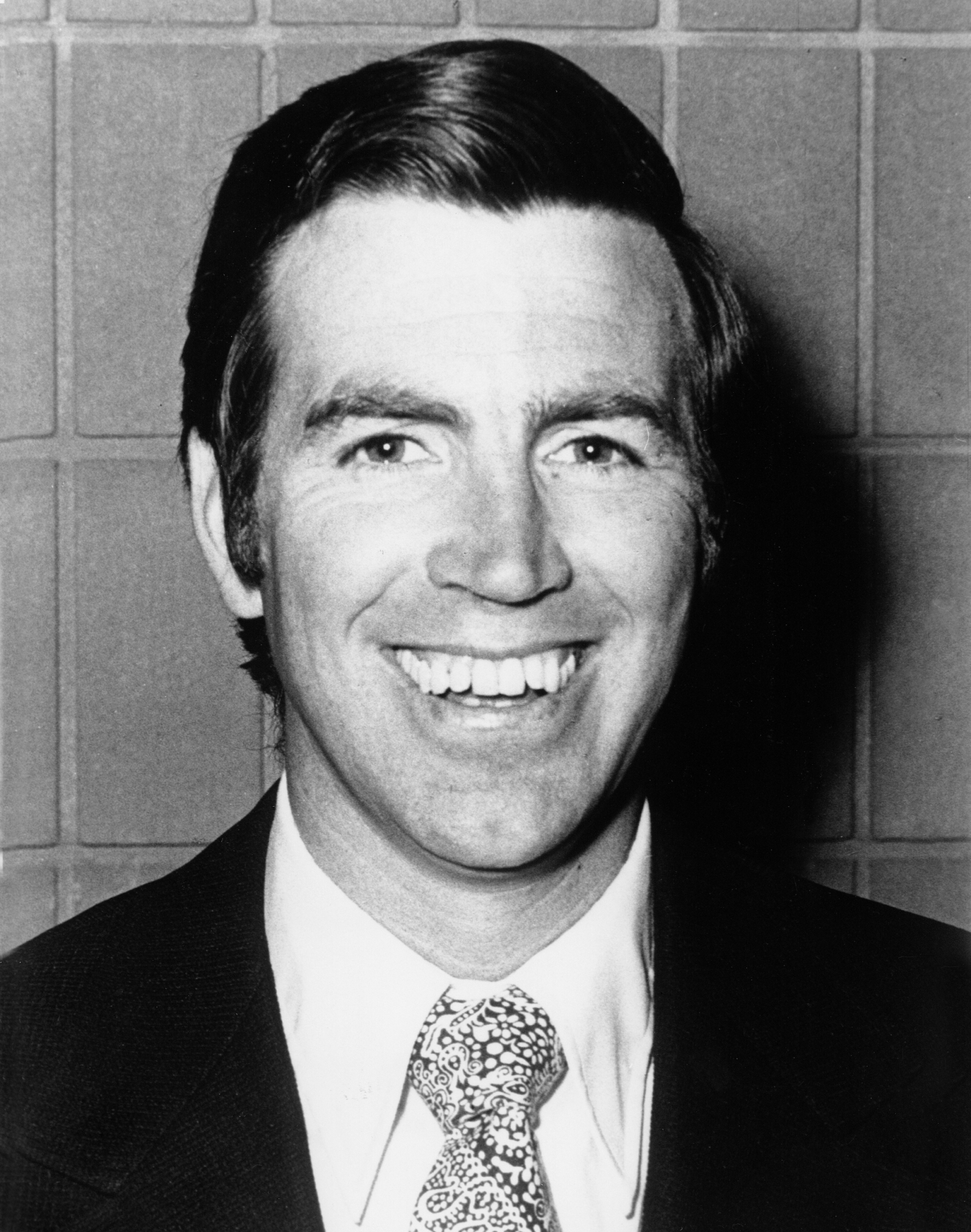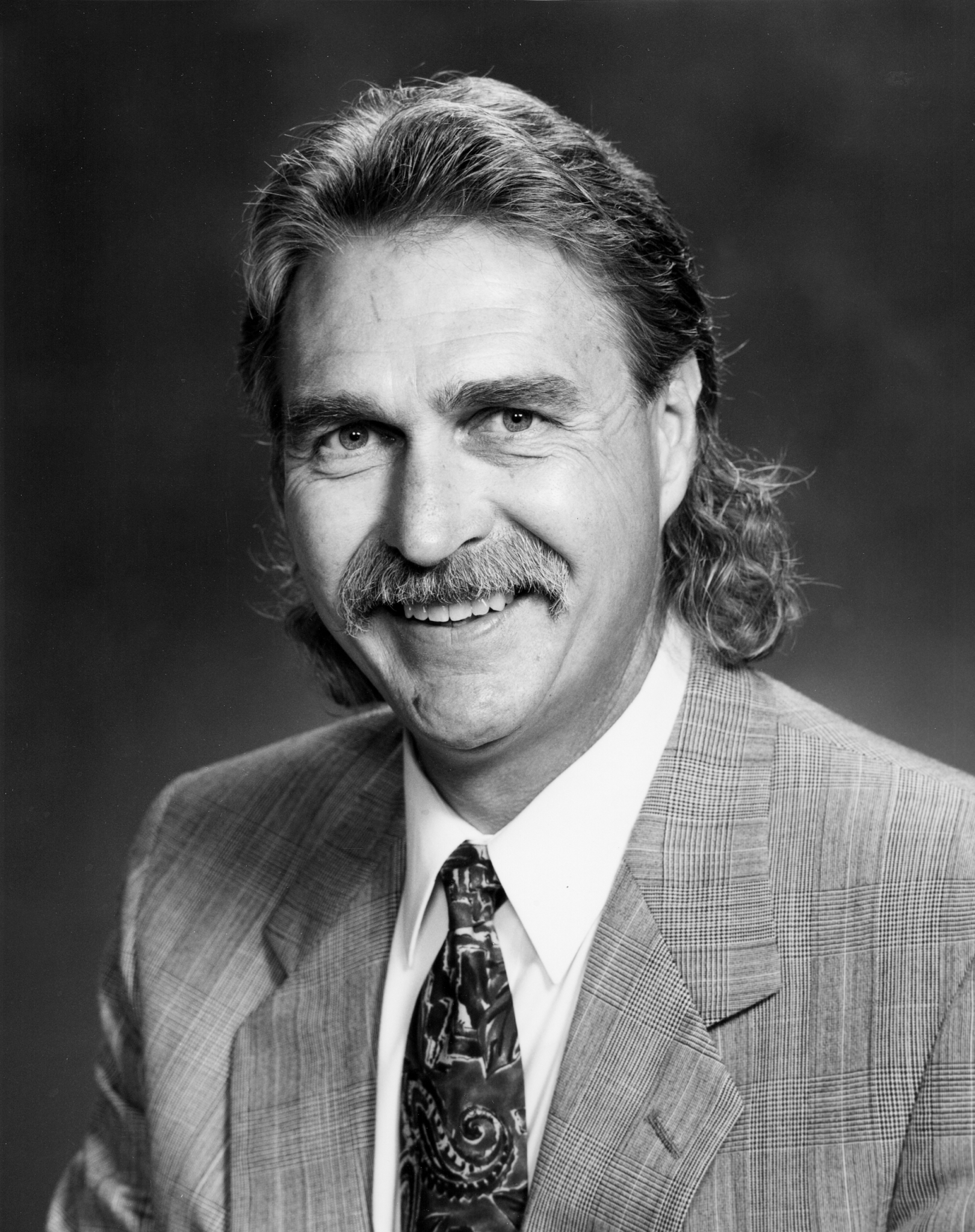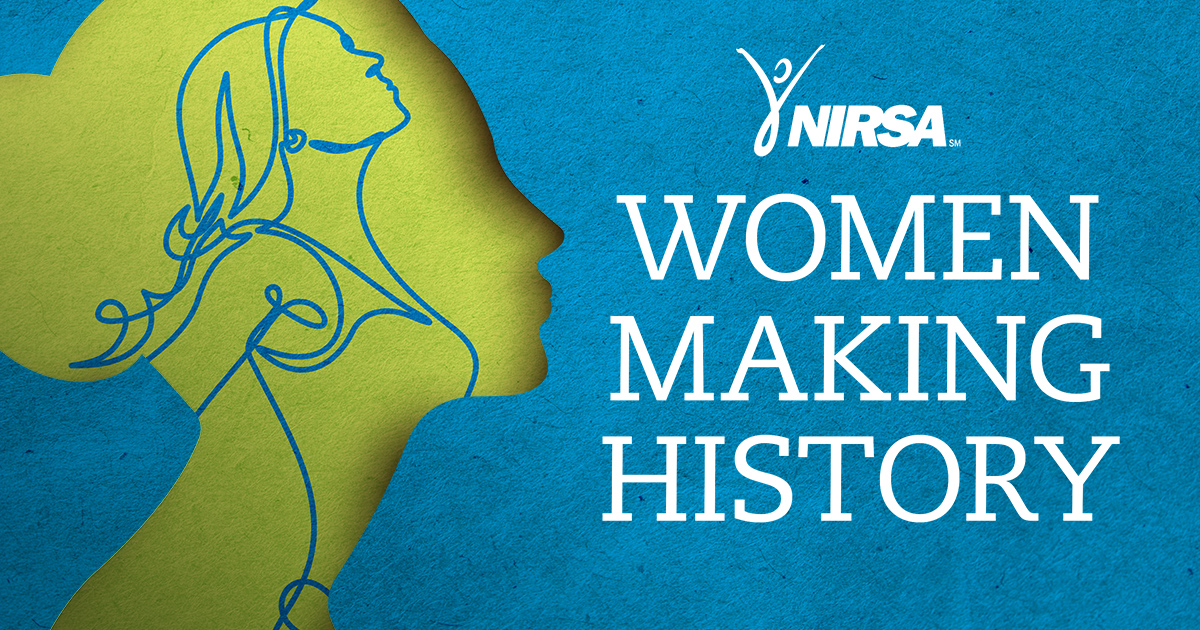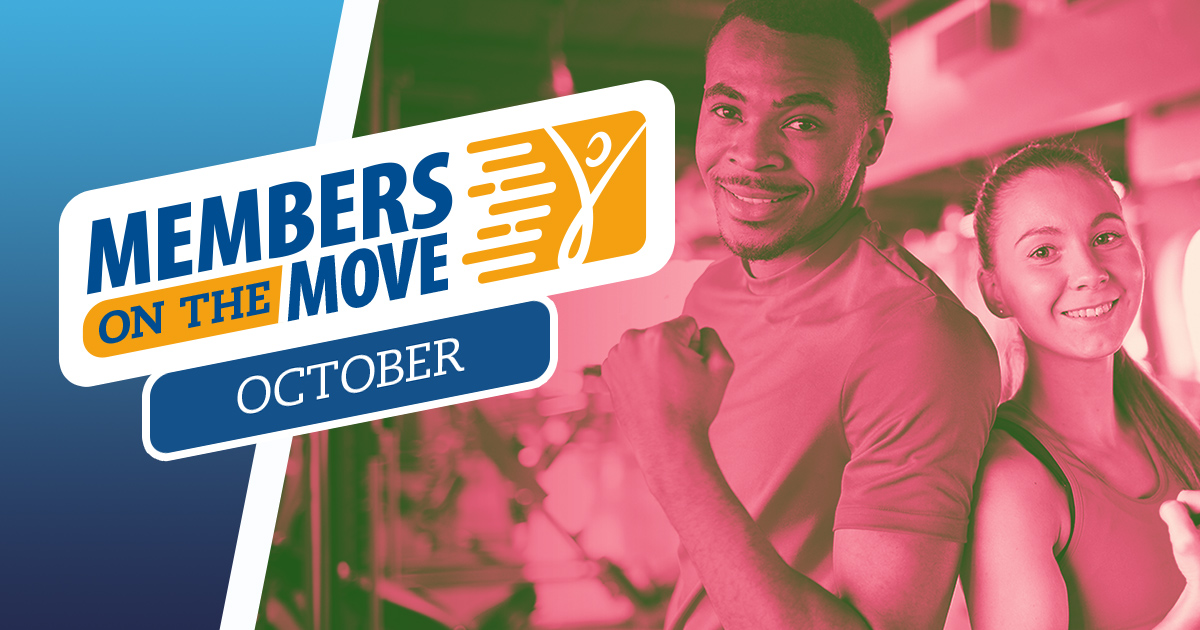The 1960s brought significant changes to our culture; those years were marked by a push for equality across the United States and even beyond. Women were burning their bras, birth control was legalized, and legislation requiring equal pay was passed.
While some Americans embraced progressive ideals in their thoughts and actions, others held fast to “traditional” gender roles. Women were still overwhelmingly expected to stay home and tend to the family while men were still largely expected to work and encouraged to engage in competitive sport. Sports participation—whether recreational or competitive—wasn’t something many women engaged in as it was incongruous with cultural norms.
Physical education (PE) on college campuses reflected the traditional cultural expectations. At most institutions (when and where programming was available to all students), there were two separate PE departments; one for men and one for women. These gender-based departments were usually led by a PE director of the same gender. Frances Dudenhoeffer summarized the time period: “While women directors may have been involved to some extent and some male directors may have included women in their programs, for the most part, intramural departments followed the same ‘separate but equal’ policies found in the rest of society.”
Most schools had separate facilities designated to each department; “If the two sexes shared facilities, men’s schedules had priority. If facilities were separate, women’s were invariably smaller and not as well equipped,” Frances explains. As the 1960s progressed, the addition of a ‘co-rec’ department and (usually male) director became more commonplace. Regardless of the school, however, competitive athletics retained scheduling priority when it came to facility access. Intramural teams would often practice late into the night, even into the wee hours of morning.
Organizational support for women in campus recreation
During the 60s, there were a handful of professional organizations supporting intramural and recreation professionals. American Alliance for Health, Physical Education, and Recreation (AAHPER, now Shape America) was the overarching professional organization serving several related groups. NIRSA—then doing business under the name of the National Intramural Association (NIA)—became an affiliate of AAHPER in 1959 but rejected an offer to merge with AAHPER in 1961. AAHPER was a great resource for all professionals, including women, but it was not specific to collegiate intramurals and recreation.
In the early period of NIRSA history the Association was open to all; three women—Dimples Lee and Juanita G. Pierce of Texas State University (now Texas Southern University) and Annette H. Akins of Dillard University—are celebrated among NIRSA’s twenty founders. But in 1959, women were voted out with no clear reason as to why.
In reflecting on NIRSA’s history, many members have speculated on the reasons for the exclusion. Involvement by women professionals had been low in the early years, so exclusion may have seemed relatively harmless to the predominantly male membership. Some have speculated that the early NIA was a “good ol’ boys club” and conferences developed a reputation for being riddled with fraternal games and debauchery, more so than an organized professional development event should experience. Some have suggested members of the time feared the inclusion of women would put a halt on the party. Regardless of the reason, women were excluded from the NIA from 1959 until 1971.
Reflections on women’s exclusion from NIRSA
Collegiate recreation leader and trailblazing pioneer in her own right Hazel Varner wrote in 1992 about women’s readmittance to NIRSA, reflecting: “There have been many women, as well as men, who have contributed in a positive way to the transition from the all male NIA to the integrated NIRSA of today.”
We asked two NIRSA members who were at different points in their careers during this interregnum period of NIRSA’s history to reflect on the time. Their recollections foster a better understanding of the contentions and emotional unrest of the time, and each of them—in their own way—helped support the inclusion and success of women in the NIA.
Ben McGuire
Ben McGuire worked at the University of Illinois from 1965-1976, under the direction of Dave Matthews who was a prominent NIA leader and vocal advocate for the expansion of membership to include women.

What barriers to attaining or serving in influential roles or leadership positions did women who were your peers, face in pursuing a career in campus recreation?
“Women were working in roles that paralleled mine,” says Ben, “but they were being denied the same professional development opportunities. While our director ensured [my female counterpart and I] were equitably supported within our U of I department, she could not share [paid professional development] experiences outside of the university with me.”
How did conditions and circumstances change for women working in recreational sports/campus recreation during your tenure in the profession?
Ben goes on to describe trying to collaborate between the men’s and women’s PE departments and initially being met with some resistance. His women colleagues were, in his opinion, quite conservative in terms of co-mingling of the departments. He could attribute no concrete reason as to why co-recreation programming was slow to take off on the U of I campus, though he speculated “a lack of interest among participants, changing social norms, a lack of familiarity/education in a variety of sports, or possibly a fear of repercussions by stepping out of societal boundaries.” Women had their foot in the professional door, Ben posits, and may have been afraid of getting pushed out.
“But women who came into the field were more professional, more organized, more skilled in management, and had greater attention to detail [than their male counterparts],” Ben notes. “They dotted their Is and crossed their Ts with far more prowess [than the men did] and [their inclusion] made the Association so much stronger and transformed the Association into a much more professional atmosphere.”
Dennis Corrington
Dennis Corrington was a graduate student at the University of Texas Austin in 1969. His advisor was Sonny Rooker who was a key player in the re-integration of women in the NIA. Dennis recalls a heated discussion about readmitting women into the association took place during the annual business meeting at the 1970 NIA Conference, held at the Air Force Academy.

“Nothing came of that discussion,” says Dennis. “However, during the 1971 NIA Conference at Virginia Tech, Rooker,” undeterred by the previous year’s attempt, “invited two women to the conference—unbeknownst to membership—to present a session with the intent of changing minds.”
These two women that Sonny Rooker invited to speak were leaders in the field and had previously rejected invitations to “speak to an organization from which [they were] denied membership.” Rooker persuaded Carolyn Hewatt of the University of Texas, Austin and Carol Harding of Michigan State University—she was the first full-time Director of Women’s Intramural Sports in the Big Ten Conference—to speak on the topic “A Woman’s View of Men’s Intramurals.” Within this presentation, Dennis recalls, “They spoke of the need to integrate men and women’s programs, reduce the fear in women, and eliminate sexism. They also posited the NIA as the most experienced group of intramural and recreation professionals at the time, and expressed a desire to share expertise across genders.”
According to Corrington, Rooker called a vote for women’s readmittance immediately after the presentation while these two women were still in the room. The motion passed by a vote of 121 to 35 and represented a true turning point for the NIA.
How can NIRSA as an organization and NIRSA members as individuals support the leadership development of women and other underrepresented identities?
“Be open to a good idea no matter where it comes from,” says Dennis, who reminds us that “the greatest strength an organization can have is its diversity. By learning from the past, we can create a stronger tomorrow, together.”
The organization learned a lot during this period, and much of it still applies to today’s challenges of diversity and inclusion.
Cheyanne Clouse is currently Fitness Graduate Assistant at the University of Mississippi.
Greta LeDoyen is currently the Director of Eagle Fitness/Wellness at Embry-Riddle Aeronautical University-Daytona Beach; you can email her at Ledoyeng@erau.edu.








